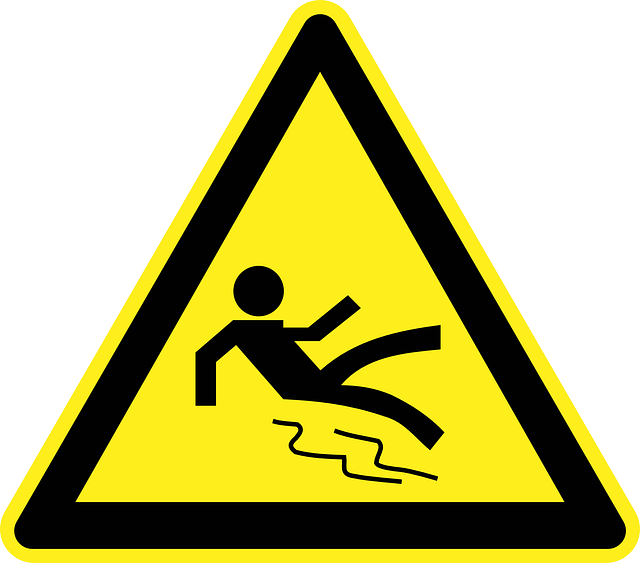The Slippery Slope: Dumbing Down into Secondary Schools
 Although this piece first posted at The Conversation was not intended as a response to Daniel Nehring’s request for opinions about effect of ranking-mania on academic labor, Alister Scott’s observations do shine a light on one facet of the larger issues involved.
Although this piece first posted at The Conversation was not intended as a response to Daniel Nehring’s request for opinions about effect of ranking-mania on academic labor, Alister Scott’s observations do shine a light on one facet of the larger issues involved.
In the current rush to achieve the highest student satisfaction and best positions on university league tables we are at significant risk of dumbing down what’s being taught at universities. At both traditional red brick and modern institutions, there is a serious rift between the general direction of university education policy and what’s actually going on in lecture halls and seminar rooms.

This article by Alister Scott originally appeared at The Conversation, a Social Science Space partner site, under the title “Universities at risk of dumbing down into secondary schools”
Universities increasingly measure success in terms of staff contact hours, student pass rates, student retention and student satisfaction. Due to government concerns about foreign students we are also required to spend teaching time taking student registers for all classes as “truancy” becomes a major problem.
As a university teacher keen to ignite the fire of learning within my students, I make the assumption that because students have chosen to do a course, they are interested in attending classes. But as they are now paying customers, this brings a whole set of new student expectations in terms of the role of the staff, an acceptable workload and what represents good value for their student fees.
Not all about contact time
Tuition fees have created a culture where many students and their parents feel they have bought their right to a degree. This is a dangerous by-product of a flawed government policy. Alongside serious cuts in higher education, staff become seen as the principal vehicle to deliver the degree. If the student fails, both students and university management see it as the staff’s fault.
A good indicator here is the amount of contact time between staff and students. The inbuilt assumption for students and the public is that more staff contact equates with better value for money. In my experience, more contact simply creates a dependency culture where the lecturer merely fills the “bucket” of the student in a highly structured timetabled week, rather than igniting the spark that leads to substantive independent and critical study. The lecturer is there as an enabler to support and illuminate their journey of discovery.
Of course, contact time varies depending on the course, but in my opinion, for a discipline like mine in environmental planning, if a student has more than 20 hours of contact per week this minimizes the time for self-discovery and wider reading. This fuels a dumbing-down cycle where assessments become less demanding given the restricted time a student has for independent work. I have been forced to simplify past assessments to “fit in” with this new delivery model.
This also creates a student-led culture where modules are compared against each other in terms of workload meaning that more demanding and multi-faceted assessments are discontinued in favor of a simple 2,000 or 3,500-word essay.
Student surveys warp teaching
The way staff are appraised exacerbates this problem and reduces quality. Student performance targets in modules are regularly used as dubious proxies for indicators of teaching quality. Pre-set retention rates act as staff module targets. Consequently, as a student progresses through the system, failing becomes less of an option.
On top of all this we have the National Student Satisfaction Survey which asks final year undergraduate students (postgraduate students are excluded) to assess their satisfaction with courses. This creates huge institutional pressure and incentives for students to maximize response rates and positive assessments. Failing students rarely provide that.
Personally, I have been involved in an urban planning program that achieved 76% satisfaction rate in 2012, 100 percent satisfaction rate in 2013 and 76 percent in 2014. Our intelligence tells us that a group of disaffected students were primarily the cause of the lower scores as little substantive change has occurred in the teaching team and assessment. But we are certainly not complacent. We put 100% into ensuring our courses and modules are fit for purpose, challenging and relevant for the planning profession our graduates enter.
More of the personal trainer
In my 26 years of teaching, I am acutely aware of the dumbing down of material that is now taught due to these institutional drivers of change. We need to confront this damaging cycle for the benefit of students and staff. My argument is that the lecturer needs to be seen in a different role: as a personal trainer that one might use in a gym. Here people (clients) pay for the training session but the practice and gains or losses are up to the client themselves. People are trained to become motivated to discover and be challenged.
We also need a stronger peer review system of teaching quality, putting back the academic skills into degree programs rather than relying solely on student assessments which increasingly favor those who deliver easy and simple-to-digest material – “filling the buckets.”
I really fear that higher education is moving down a slippery slope where the fetish for the best ratings and indicators ensures that we merely hold student’s hands, rather than ignite interest in their own studies.
By lighting their fires we would prepare our students for the harsh realities of the work environment which increasingly requires independent and critical thinkers and doers who will become the future managers and leaders of tomorrow.![]()




























































































